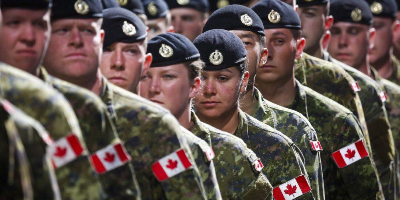jun 20, 1956 - Peacekeeping
Description:
- When the Suez Crisis arose in 1956, Canadian secretary of state for External Affairs, and future prime minister Lester Pearson came up with the idea to create a peacekeeping force to stabilize the situation and allow attacking forces to withdraw
- After Suez, many Canadians regarded peacekeeping as a national vocation
- By the late 1960s, however, the heyday of peacekeeping was already in decline
- A severe blow to the peacekeeping ideal came in 1967 when Egyptian President Gamal Abdel Nasser ordered the UNEF, including the Canadians, out of Egypt
- This was compounded by charges at the same time that Canadians in the International Control Commissions had been spying for the US
- The idea of peacekeeping had helped to reinforce an ideal of Canada as an impartial and acceptable observer, but peacekeeping had fallen out of favor
- In the late 1980s, the government of Prime Minister Brian Mulroney seemed more willing to consider requests for peacekeeping troops
- By this time however, for many Canadian service personnel, peacekeeping had become a chore rather than an opportunity
- Many other scandals ensued, and new research emerged throwing further doubt onto the validity of peacekeeping as a method of, well, keeping peace
- In 2008, Multinational Stand-By High Readiness Brigade for United Nations Operations (SHIRBRIG) was disbanded by it's member states, including Canada
- As recently as 2015, Prime Minister Justin Trudeau has expressed interest in revitalizing Canada's involvement in peacekeeping, and public opinion seems to be that peacekeeping should become a part of Canada's national identity once more
Added to timeline:
Canada's Military History, Timeline
The following is an abridged timeline concerning the militar...
Date:
